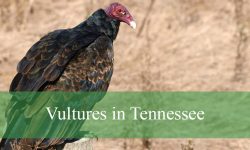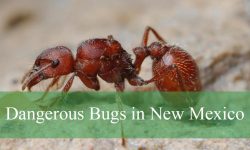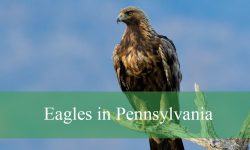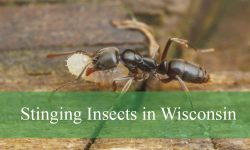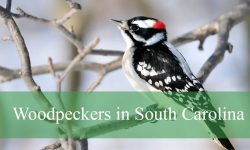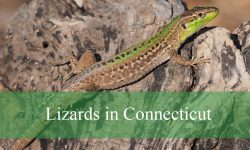South Dakota is home to a fascinating variety of hawks, ranging from the soaring Red-tailed Hawk to the agile Cooper’s Hawk. These raptors play a crucial role in controlling rodent and bird populations, making them an essential part of the state’s ecosystems. Observing these majestic birds provides insight into their hunting strategies, migratory patterns, and behaviors in different habitats.
From open prairies and farmland to dense woodlands and riparian corridors, each hawk species has adapted to thrive in its preferred environment. South Dakota’s diverse landscapes offer excellent opportunities for birdwatchers and nature enthusiasts to spot both resident and migratory hawks throughout the year. Whether you are exploring rural areas or suburban neighborhoods, the state’s skies are often alive with these skilled predators.
Understanding the identifying features, behaviors, and habitats of South Dakota’s hawks can greatly enhance your birdwatching experience. This guide covers the 10 most common and notable hawk species in the state, providing detailed descriptions, observation tips, and key differences to help you recognize each species with confidence.
Red-tailed Hawk (Buteo jamaicensis)
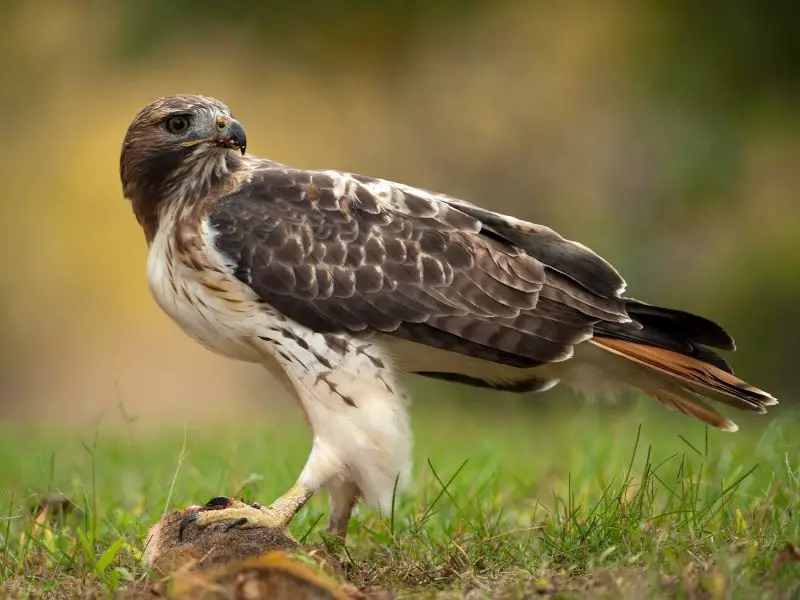
Appearance
The Red-tailed Hawk is one of the most recognizable hawks in North America. Adults have a rich reddish-brown tail, a broad, rounded wingspan of 43–57 inches, and a streaked belly with a dark “belly band.” Their plumage can vary from light to dark morphs, but the reddish tail is almost always present in adults. Juveniles lack the red tail and have a brownish tail with narrow bands.
Behavior
Red-tailed Hawks are versatile hunters, feeding on rodents, rabbits, birds, and reptiles. They are known for their soaring flight and characteristic “keeeer” call. These hawks often perch on poles, fence posts, and trees to scan open fields for prey, and they are active during the day, especially in early morning and late afternoon.
Habitat
This species thrives in a wide range of habitats, including grasslands, agricultural fields, open woodlands, and even suburban areas. They prefer open areas with scattered trees for nesting. Red-tailed Hawks build large stick nests in tall trees or on cliffs, often reusing them for several years.
Observation Tips
In South Dakota, Red-tailed Hawks are common year-round. They are easiest to spot along highways, prairies, and farmlands where they hunt. During migration in spring and fall, look for soaring individuals riding thermals above open landscapes. Binoculars can help distinguish their broad wings and reddish tail from other Buteo species.
Cooper’s Hawk (Accipiter cooperii)
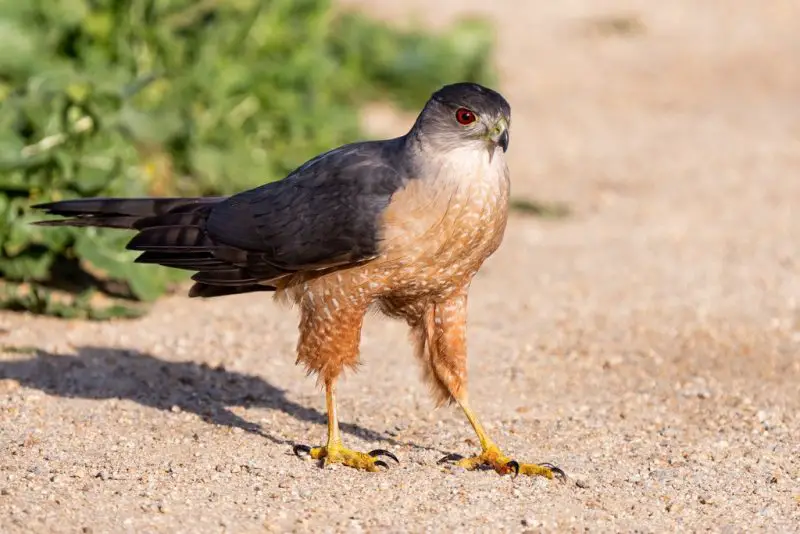
Appearance
Cooper’s Hawks are medium-sized forest hawks with short, rounded wings and long tails. Adults have blue-gray upperparts, reddish-barred chests, and a distinctive rounded tail with dark bands. Juveniles are brown above with streaked underparts and a yellow eye that turns red as they mature. They are often mistaken for Sharp-shinned Hawks but are slightly larger and bulkier.
Behavior
These hawks are agile hunters, preying primarily on small to medium-sized birds. Cooper’s Hawks are known for their fast, stealthy flight through dense trees, using sudden bursts of speed to ambush prey. They are often seen chasing songbirds in suburban neighborhoods, especially near bird feeders.
Habitat
Cooper’s Hawks prefer wooded areas, including deciduous and mixed forests. They also adapt well to urban and suburban environments, nesting in large trees near open spaces for hunting. Their nests are typically built in dense tree branches, lined with sticks and leaves.
Observation Tips
In South Dakota, Cooper’s Hawks are more commonly seen during migration and winter in wooded areas and around towns. Look for their short, rounded wings and long tail in flight. They can be identified by their quick, agile movements and preference for wooded cover compared to more open-soaring hawks.
Sharp-shinned Hawk (Accipiter striatus)
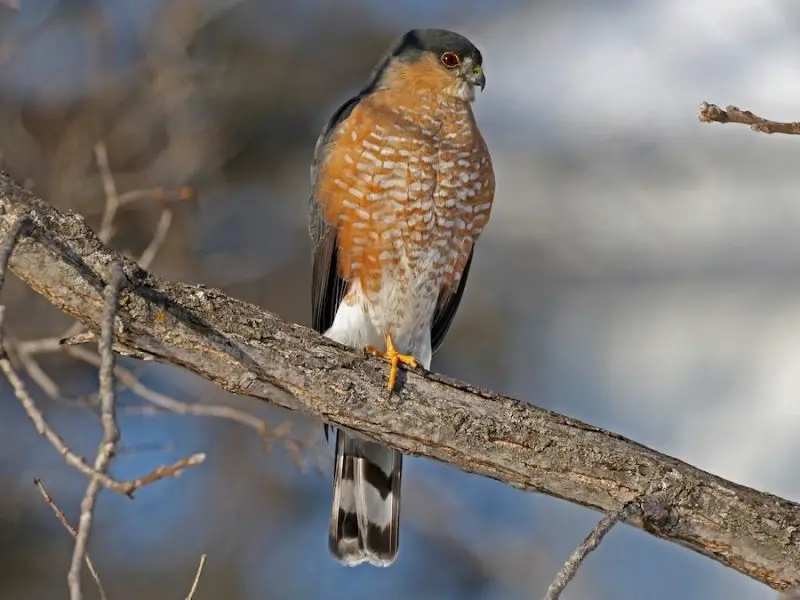
Appearance
The Sharp-shinned Hawk is the smallest Accipiter in South Dakota. Adults have blue-gray upperparts, orange-barred underparts, and a thin, squared-off tail with dark bands. Juveniles are brown above with streaked bellies and yellow eyes. They are easily confused with Cooper’s Hawks but are smaller with a slimmer body and proportionally longer tail.
Behavior
Sharp-shinned Hawks are agile predators, feeding mostly on small birds. They use surprise and speed to navigate dense vegetation while hunting. These hawks are secretive, often staying hidden in trees or shrubs while stalking prey. They may also visit backyard feeders, especially during fall and winter migrations.
Habitat
They inhabit forests, woodlots, and shrubby areas. Sharp-shinned Hawks prefer areas with dense cover for nesting and hunting, often building small stick nests in trees. They are highly adaptable and can thrive near urban areas if food sources like small birds are abundant.
Observation Tips
These hawks are most noticeable during migration, when they may be seen flying low through forests or chasing birds near feeders. In South Dakota, the fall migration is the best time to spot them. Careful observation of size and flight patterns helps differentiate them from Cooper’s Hawks.
Broad-winged Hawk (Buteo platypterus)
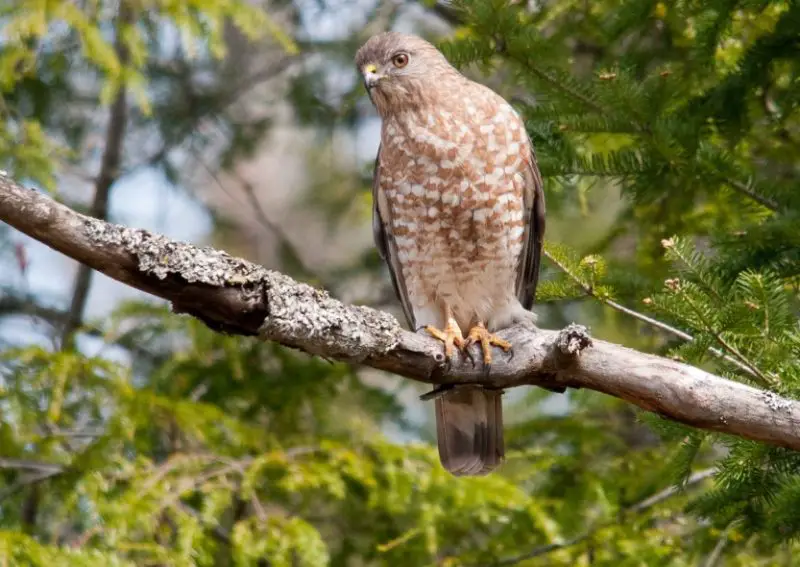
Appearance
Broad-winged Hawks are small, stocky Buteos with a wingspan of 33–39 inches. Adults have rich brown upperparts, a white underside with chestnut barring, and a short, broad tail with black and white bands. Juveniles are more streaked below and have a paler head. They are known for their striking plumage in flight, especially during migration.
Behavior
These hawks are social during migration, forming large “kettles” of hundreds or thousands of birds soaring together. Broad-winged Hawks feed on small mammals, amphibians, insects, and occasionally reptiles. They are diurnal hunters, often using perches to scan for prey before swooping down for capture.
Habitat
Broad-winged Hawks prefer deciduous or mixed forests, nesting in tall trees with dense foliage. They are migratory, spending summer in North America and wintering in Central and South America. In South Dakota, they are primarily seen during spring and fall migration.
Observation Tips
The best time to observe Broad-winged Hawks in South Dakota is during migration, especially along river valleys and ridges where thermals concentrate. Watch for their distinctive broad wings and fan-shaped tails while soaring high in kettles. Binoculars are essential for distinguishing them from other Buteos.
Swainson’s Hawk (Buteo swainsoni)
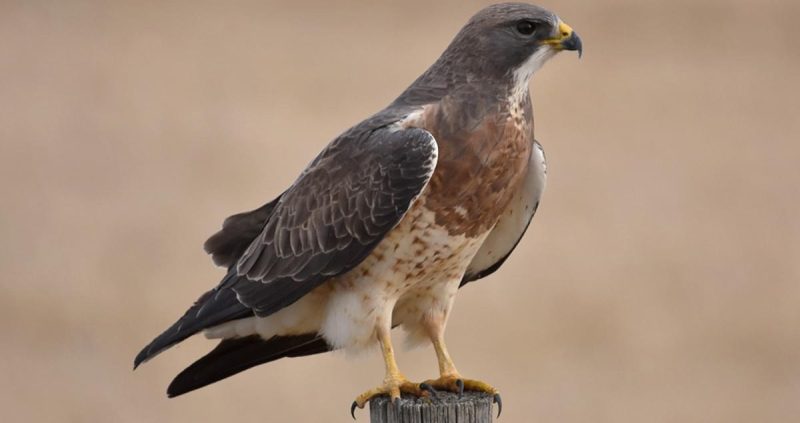
Appearance
Swainson’s Hawks are medium-sized raptors with long, slender wings and a long tail. Adults have dark brown bodies with lighter heads and pale underparts, sometimes showing a rufous or white “bib” on the chest. Juveniles are lighter brown with streaked underparts. They are often mistaken for Red-tailed Hawks but have slimmer wings and more pointed wing tips.
Behavior
Swainson’s Hawks are highly migratory and feed primarily on insects, small mammals, and birds. During summer, they are often seen gliding over grasslands hunting for prey. Their soaring flight and slow wingbeats make them distinctive from other hawks. They also gather in large groups before migration.
Habitat
They prefer open habitats like prairies, farmlands, and grasslands with scattered trees or utility poles for perching. Nests are typically built in isolated trees or small groves, lined with sticks and feathers. South Dakota provides excellent summer breeding grounds for these hawks.
Observation Tips
Swainson’s Hawks are easiest to observe during summer in open grasslands and farmlands. Migration peaks in spring and fall, with birds traveling in groups. Look for long, narrow wings and gliding flight patterns, which distinguish them from other Buteos.
Northern Harrier (Circus hudsonius)
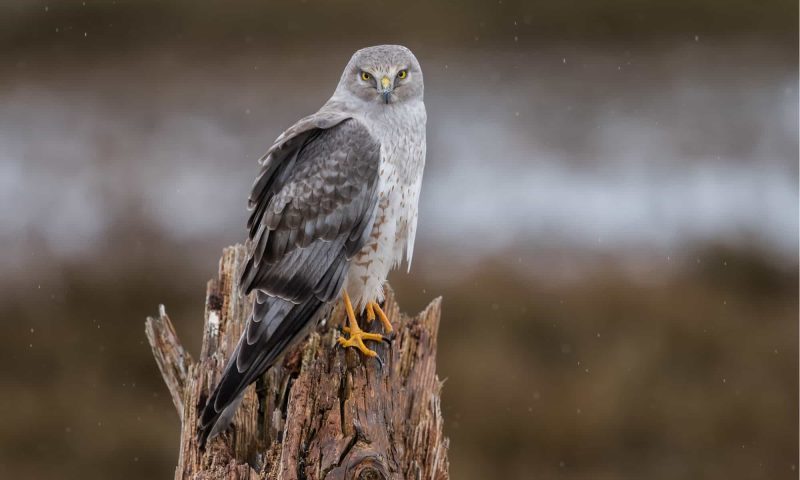
Appearance
Northern Harriers are medium-sized raptors with long wings and a distinctive white rump patch visible in flight. Adult males are gray above with pale underparts, while females are larger and brown with streaked underparts. Their long tail is banded, and they have an owl-like facial disk that helps locate prey by sound.
Behavior
These hawks are low-flying hunters, gliding close to fields and marshes to catch small mammals, birds, and insects. Northern Harriers are diurnal but are more active during early morning and late afternoon. They hunt by hovering or gliding slowly over open areas, using keen eyesight and hearing.
Habitat
Northern Harriers prefer open habitats such as grasslands, marshes, and agricultural fields. They nest on the ground, usually in dense vegetation for concealment. In South Dakota, they are common in wetlands and prairie regions, particularly during breeding season.
Observation Tips
The best way to spot Northern Harriers is by looking for their low, gliding flight pattern and white rump patch. Fall migration is an excellent time to observe them across South Dakota’s open landscapes. Early morning or late afternoon provides the best lighting to identify their distinctive gray or brown plumage.
Rough-legged Hawk (Buteo lagopus)
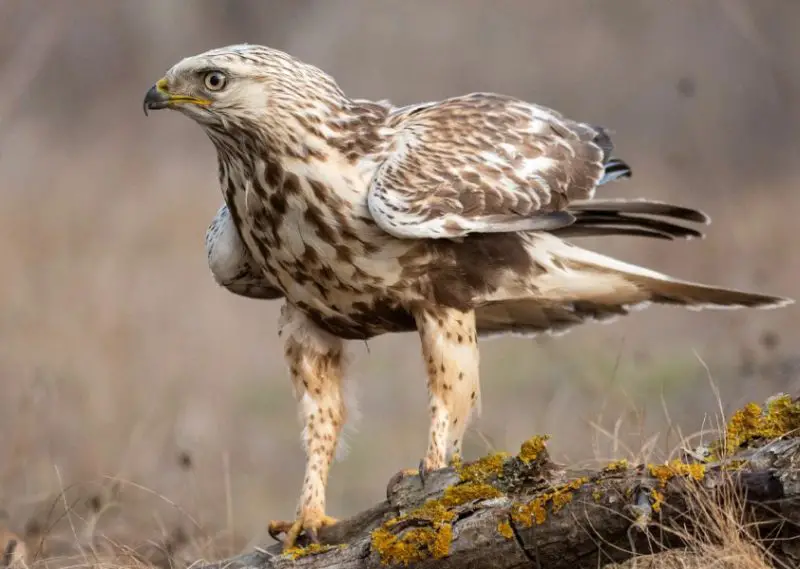
Appearance
Rough-legged Hawks are large Buteos with feathered legs that extend to the toes—a unique adaptation for cold environments. Adults have a pale body with dark belly patches and mottled wings, while juveniles are darker and heavily streaked below. Their wingspan ranges from 50–60 inches, making them easy to spot soaring over open fields.
Behavior
These hawks are migratory, arriving in South Dakota during winter. They feed primarily on small mammals, especially voles and mice, and hunt from low perches or by hovering over open fields. Their slow, deliberate flight and habit of hovering distinguish them from other Buteos.
Habitat
Rough-legged Hawks favor open grasslands, prairies, and agricultural fields during winter. They typically nest in the Arctic tundra but migrate south to the northern U.S. for the colder months. South Dakota offers suitable wintering habitats with open areas for hunting.
Observation Tips
Winter is the best time to observe Rough-legged Hawks in South Dakota. Look for their hovering flight and pale underparts with dark belly patches. They are often seen perched on fence posts or utility poles in wide-open farmland areas.
Ferruginous Hawk (Buteo regalis)
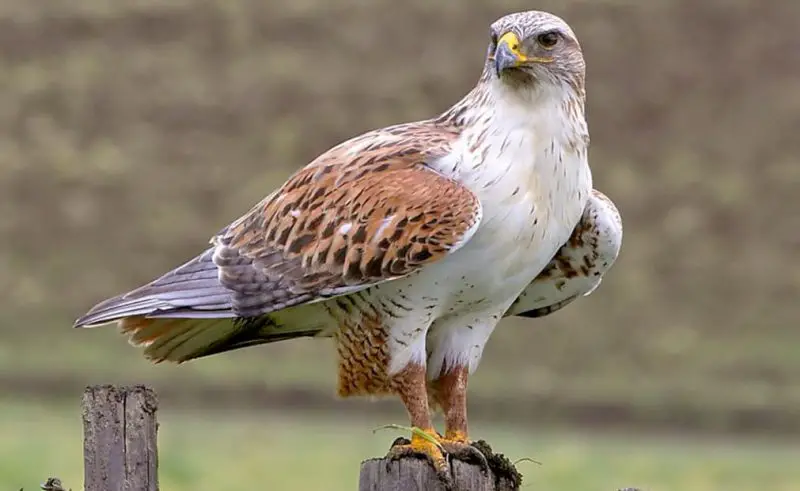
Appearance
Ferruginous Hawks are the largest North American Buteos, with a wingspan of 53–65 inches. They have a rusty-brown coloration on the back and wings, with pale underparts and a broad, pale tail. Juveniles are heavily streaked below and lack the rich rust coloring of adults. Their large size and long legs make them distinctive among hawks.
Behavior
These hawks are powerful hunters, preying mainly on small mammals like rabbits, ground squirrels, and prairie dogs. Ferruginous Hawks often hunt from elevated perches or soar over grasslands to spot prey. They are solitary and territorial, especially during breeding season.
Habitat
Ferruginous Hawks inhabit open plains, grasslands, and shrub-steppe regions. They nest on the ground or in isolated trees and shrubs, lining nests with sticks and vegetation. South Dakota provides extensive grasslands and prairie ecosystems suitable for both hunting and nesting.
Observation Tips
The best time to observe Ferruginous Hawks in South Dakota is during spring and summer breeding season. Look for their large size, broad wings, and distinctive rusty coloring. Open grasslands and prairie areas are ideal locations for spotting them in flight or perched.
Zone-tailed Hawk (Buteo albonotatus)
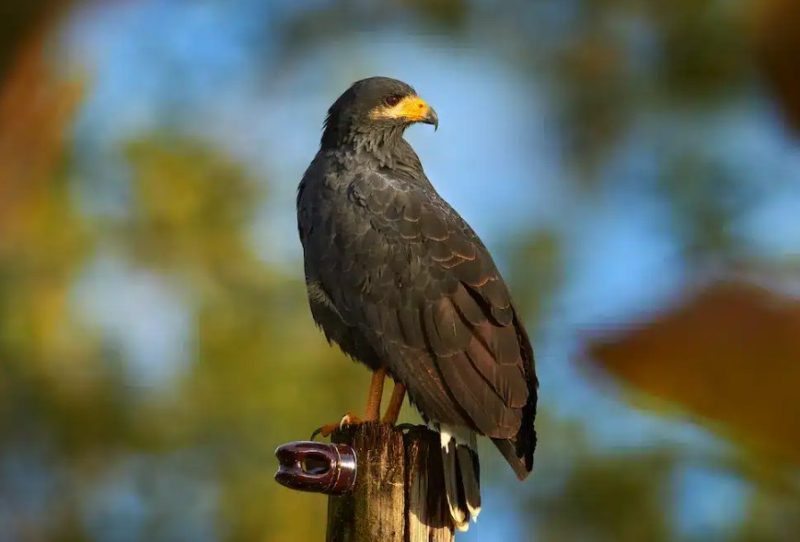
Appearance
Zone-tailed Hawks are medium-sized Buteos with dark gray plumage and distinctive white bands on the tail. They closely resemble Turkey Vultures in flight, which helps them approach prey unnoticed. Adults have yellow legs and eyes, while juveniles are browner with faint tail bands.
Behavior
These hawks are stealthy hunters, feeding on small mammals, birds, and reptiles. They often soar with Turkey Vultures, taking advantage of their unsuspecting behavior to ambush prey. Zone-tailed Hawks are mostly solitary and hunt during daylight hours.
Habitat
Zone-tailed Hawks inhabit arid deserts, canyons, and open woodlands. They are rare in South Dakota, usually appearing as vagrants during migration or unusual dispersal events. Nests are typically built on cliffs or tall trees in isolated areas.
Observation Tips
Observing Zone-tailed Hawks in South Dakota is uncommon due to their rarity. When spotted, look for dark plumage, white tail bands, and soaring behavior among Turkey Vultures. Binoculars are essential to confirm identification and distinguish them from other Buteos or vultures.
Red-shouldered Hawk (Buteo lineatus)
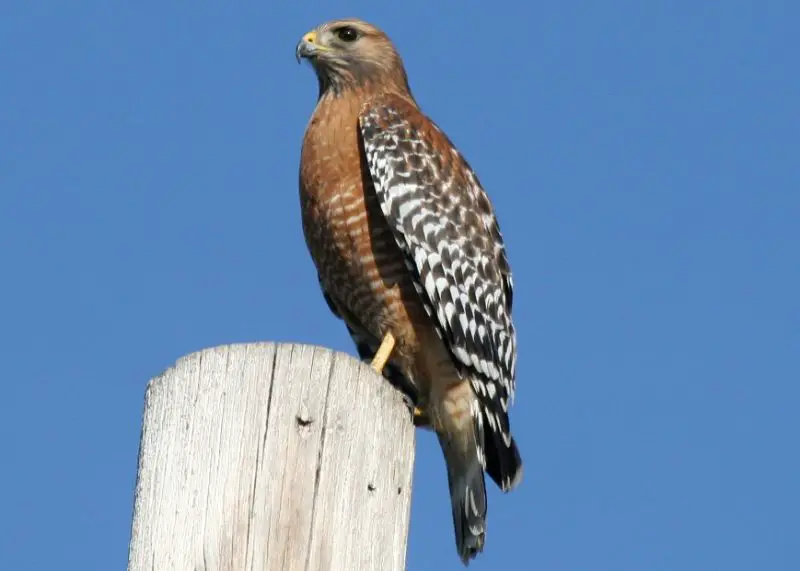
Appearance
Red-shouldered Hawks are medium-sized raptors with striking reddish-orange barring on the chest and black-and-white checkered wings. Adults have long tails with narrow white bands, while juveniles are paler with streaked underparts. Their rich coloring and patterned wings make them visually distinctive.
Behavior
These hawks primarily hunt small mammals, amphibians, and reptiles from perches in forests or along waterways. They are known for their loud, repetitive “kee-ah” call. Red-shouldered Hawks are territorial and maintain well-defined hunting areas, especially during breeding season.
Habitat
Red-shouldered Hawks prefer mature forests with nearby wetlands or streams. They build stick nests in tall trees, often reusing the same site each year. In South Dakota, they are uncommon but can be found in wooded river corridors and riparian zones.
Observation Tips
The best time to observe Red-shouldered Hawks is during spring and summer along forested streams. Look for their reddish chest, long tail, and characteristic call. Binoculars help spot them perched or soaring through the treetops.
FAQs About Hawks in South Dakota
What are the most common hawks in South Dakota?
The most common hawks include the Red-tailed Hawk, Cooper’s Hawk, Sharp-shinned Hawk, Broad-winged Hawk, and Swainson’s Hawk. These species are regularly seen across forests, grasslands, and farmlands throughout the state.
When is the best time to observe hawks in South Dakota?
Hawks can be observed year-round, but migration seasons—spring and fall—are the best times. Species like Broad-winged Hawks and Swainson’s Hawks form large migratory flocks, making them easier to spot during these periods.
How can I distinguish between Cooper’s Hawk and Sharp-shinned Hawk?
While both are small Accipiters, Cooper’s Hawks are slightly larger with a rounded tail, and Sharp-shinned Hawks are smaller with a squared-off tail. Observing their flight patterns, size, and tail shape helps differentiate them.
Where do Red-tailed Hawks usually nest?
Red-tailed Hawks typically nest in tall trees, cliffs, or sometimes utility poles in open areas like grasslands or farmlands. They often reuse their nests year after year and build them from sticks lined with vegetation.
Are any hawks in South Dakota rare or unusual?
Yes, the Zone-tailed Hawk is considered a rare vagrant in South Dakota. Red-shouldered Hawks are also uncommon and are mostly found in wooded river corridors or riparian zones.
What do hawks in South Dakota eat?
Hawks are carnivorous and feed on a variety of prey, including small mammals, birds, reptiles, and insects. Hunting style varies: Accipiters like Cooper’s and Sharp-shinned Hawks hunt in forests, while Buteos like Red-tailed and Ferruginous Hawks hunt in open fields.
How can I safely observe hawks?
Use binoculars or a spotting scope and maintain a safe distance from nests to avoid disturbing the birds. Observing during early morning or late afternoon often provides better lighting and more active hunting behavior.
Which South Dakota hawks are migratory?
Swainson’s Hawk, Broad-winged Hawk, and Rough-legged Hawk are migratory. Swainson’s Hawks travel to South America for winter, Broad-winged Hawks migrate through South Dakota in spring and fall, and Rough-legged Hawks winter in northern U.S. states, including South Dakota.
Can hawks be found in urban areas?
Yes, species like Cooper’s Hawk and Red-tailed Hawk adapt well to urban and suburban environments. They often hunt near bird feeders, parks, and open spaces within towns and cities.
What is the easiest way to identify a Red-shouldered Hawk?
Look for reddish-orange barring on the chest, black-and-white checkered wings, and long tail with narrow white bands. Listening for their loud, repetitive “kee-ah” call is also helpful in identifying them in wooded areas.

